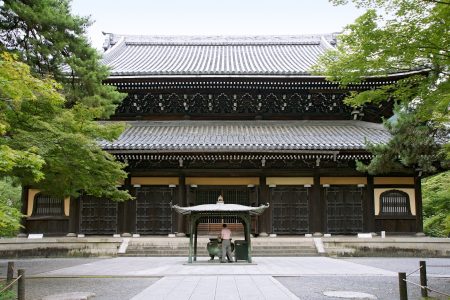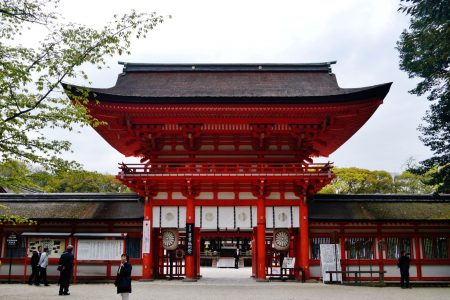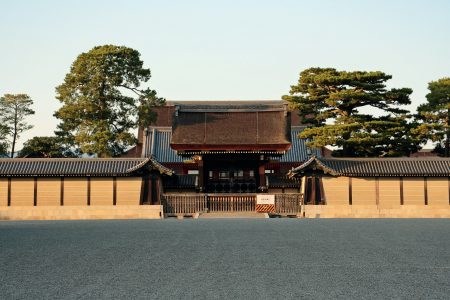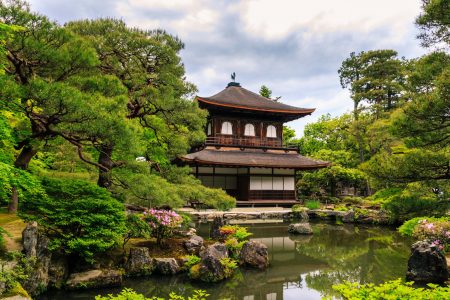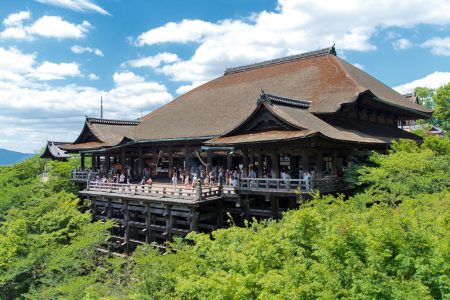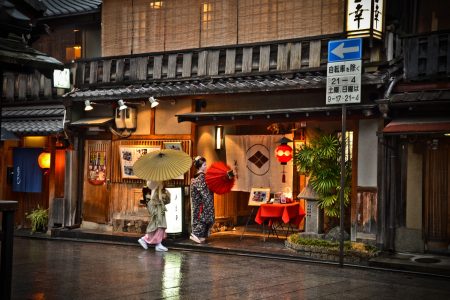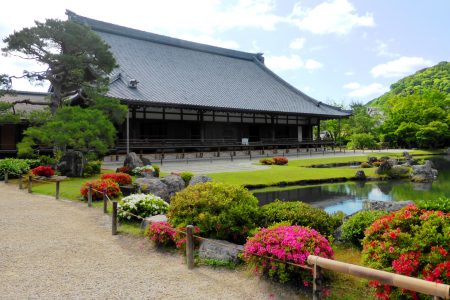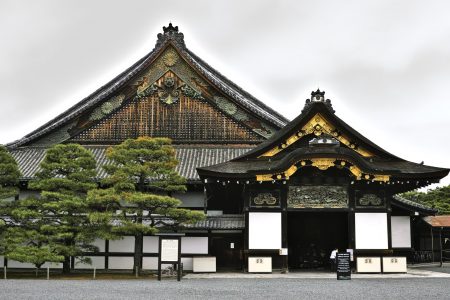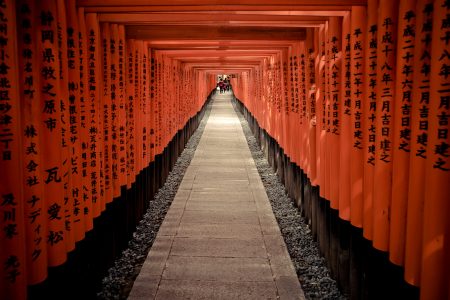Nanzen-ji is one of the most important Zen temples in Japan. It is the head temple of the Nanzen-ji Rinzai sect and is known especially for it’s beautiful stone garden. The temple grounds host several other temples and a huge Meiji-era aqueduct. The area is accessible free of charge, but there are fees to enter …
